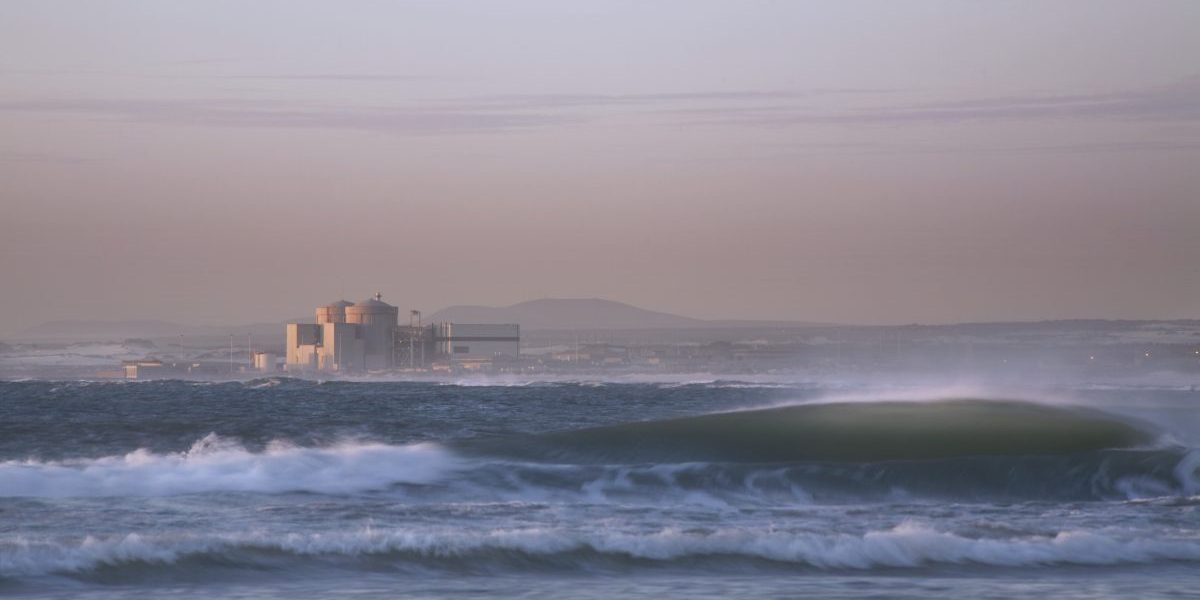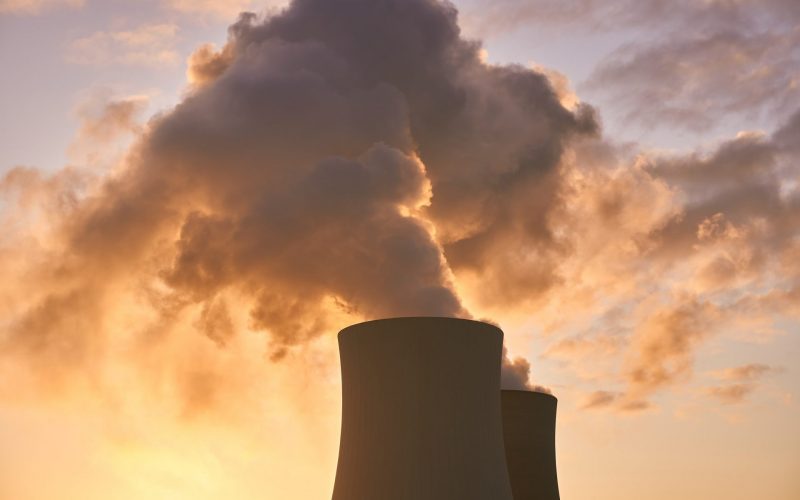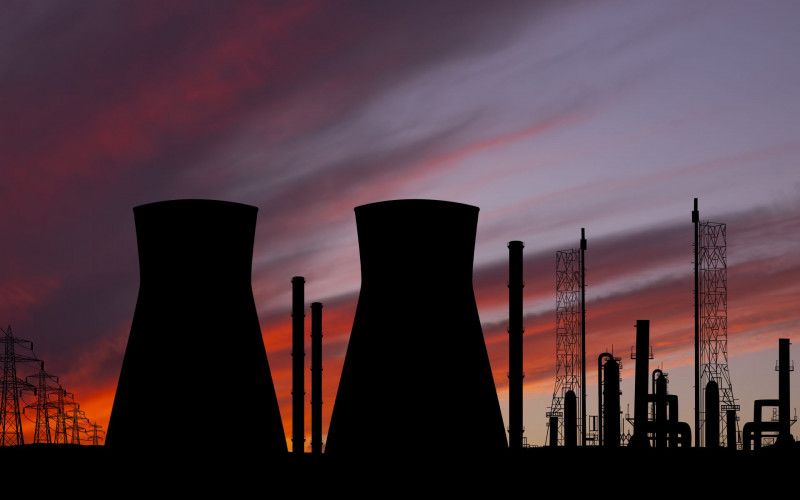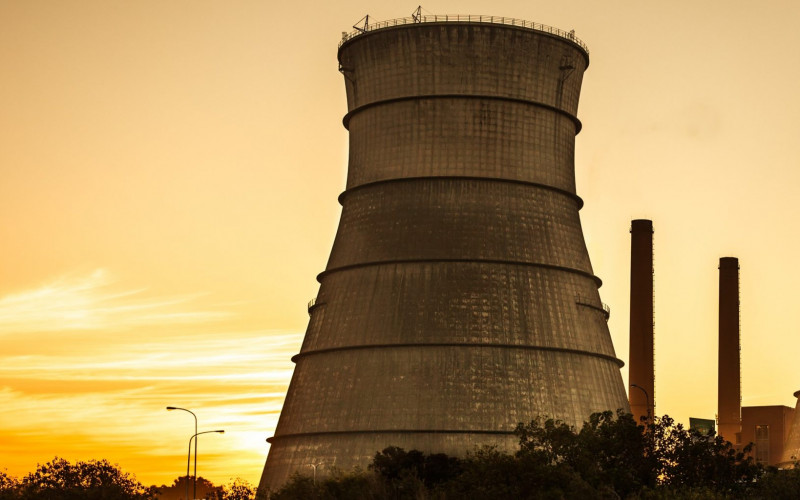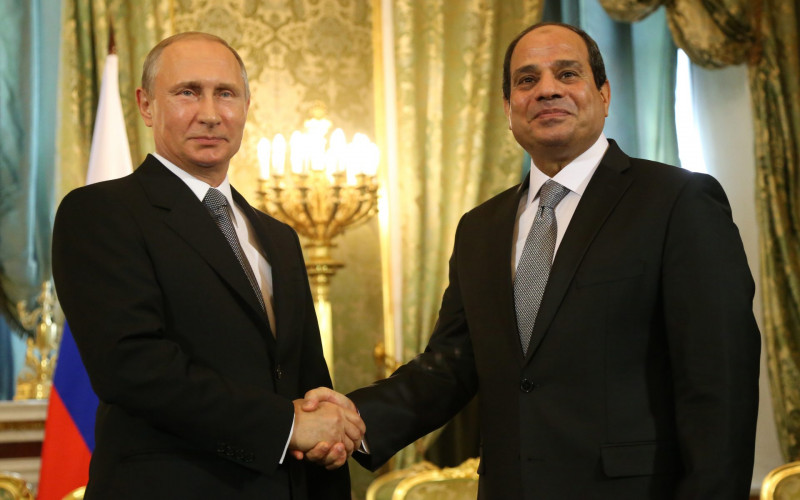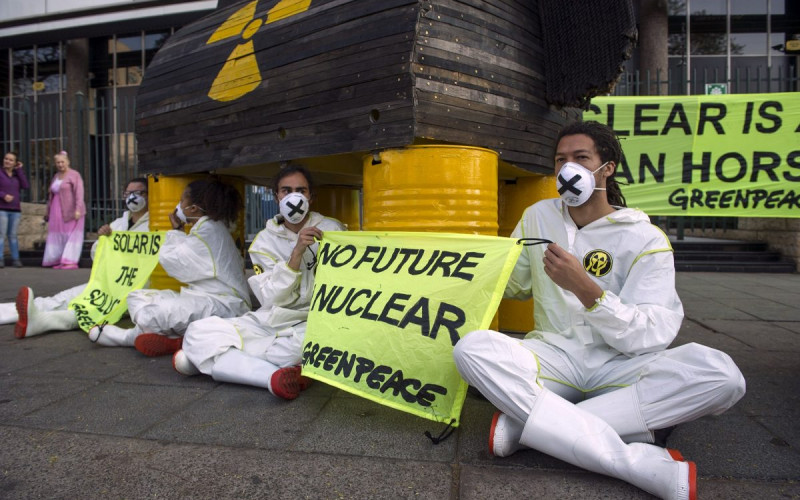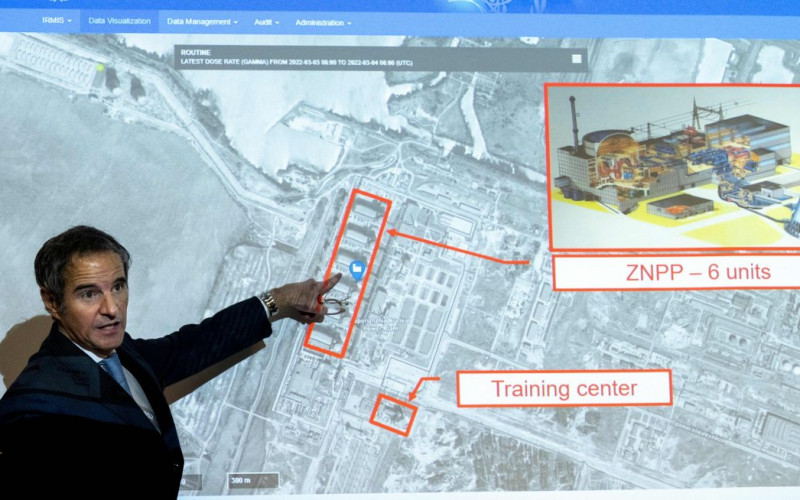Recommendations
- Improve nuclear governance, expertise and skills. This includes revising and updating the 2008 Nuclear Energy Policy, and implementing recommendations by the IAEA and INIR. In addition, Eskom should be restructured and a skills audit conducted to determine the state of nuclear energy training and education.
- Address wasteful expenditure, mitigate budget constraints and reposition the NECSA group of companies to regain and improve their share in the global radioisotope market. This would include increasing parliamentary oversight over spending, instituting criminal proceedings for those implicated in state capture, and increasing transparency in all future nuclear proposals.
- Manage expectations and improve public education on nuclear education, including clear and timely communication on realistic nuclear ambitions and their costs, involvement of civil society in decision-making processes, and continued public consultation on the country’s nuclear future.
- Maintain aging infrastructure and improve nuclear safety to ensure the continued safe operation of nuclear reactors at NECSA’s Pelindaba facility and the Koeberg Nuclear Power Plant. In addition, update nuclear legislation, with a special focus on safety and security aspects.
Executive summary
South Africa has embarked on the initial phases of a nuclear build programme to mitigate its energy insecurity. These ambitions have been on the post-apartheid government’s agenda for 25 years. Despite its practical commitments to international norms, such as the peaceful use of nuclear energy, nuclear non-proliferation and disarmament, domestic nuclear governance in the country remains poor, fragmented and outdated. It may not be able to meet the demands of or realise future nuclear plans. South Africa should manage expectations in general and vis-à-vis nuclear energy in particular, pursuing this option only if it is financially viable, especially amid the current COVID-19 pandemic and its economic fall-out.
Introduction
On 14 June 2020 South Africa’s Department of Mineral Resources and Energy published a Request for Information (RFI) on the country’s revived Nuclear New Build Programme, stating that it would ‘commence preparations for a nuclear build programme at a pace and scale that the country can afford because it is a no-regret option in the long term’.1South Africa, Department of Mineral Resources and Energy, “DMRE Publishes Request for Information for the 2 500 MW Nuclear New Build Programme”, Media Statement, June 14, 2020, 1, http://www.energy.gov.za/files/media/pr/2020/Nuclear-RFI-Statement14June2020.pdfSubmissions in response to the RFI were due on 15 September 2020. The RFI follows a period of uncertainty and contradictory messaging. President Cyril Ramaphosa had decided to shelve his predecessor’s nuclear expansion plans in 2018, owing to their high cost and to gain the trust of international investors, given the allegations of corruption around the project. The RFI and Energy Minister Gwede Mantashe’s confirmation to the International Atomic Energy Agency (IAEA) in September 2020 that ‘nuclear power will continue to play a vital role in South Africa’s energy mix’ thus provides an opportunity to review the state of the country’s nuclear sector and make recommendations for its nuclear future and energy security.2DMRE, “Statement by the Republic of South Africa Delivered by the Honourable Samson Gwede Mantashe (MP) on the Occasion of the 64th Session of the International Atomic Energy Agency (IAEA) General Conference”, September 21, 2020, 2, http://www.energy.gov.za/files/media/pr/2020/Statement-by-Minister-at-the-IAEA-21092020.pdf.
Nuclear governance
South Africa has been regarded as a poster child for nuclear disarmament, nuclear non-proliferation and the peaceful use of nuclear energy since the early 1990s, when it terminated its nuclear weapons programme. It has since joined at least four multilateral nuclear export control regimes and organisations, and signed at least 10 international agreements.3South African Council for the Non-Proliferation of Weapons of Mass Destruction, “Overview of the Non-Proliferation Council Nuclear Dual-Use Controls”, 2019, http://non-proliferation.thedtic.gov.za/wp-content/uploads/2019/09/BROCHURE-Nuclear-Dual-UseControls.pdf; Department of International Relations and Cooperation, “South African Treaty Register”, https://treaties.dirco.gov.za/dbtw-wpd/textbase/treatywebsearch.htm.In 1993, on the eve of the country’s democratic transition, it also embarked on the Pebble Bed Modular Reactor (PBMR) project to meet its future energy demands.
South Africa’s normative commitments at the international level, especially during the Mandela and Mbeki presidencies, were domesticated into South African law and policies. Besides the formulation and adoption of new policies and legislation, the country also established new nuclear governance entities, including the Nuclear Energy Corporation of South Africa (NECSA), the National Nuclear Regulator (NNR) and the National Radioactive Waste Disposal Institute (NRWDI). Moreover, comprehensive import, transit and export regulations were implemented to prevent nuclear proliferation. Despite these measures, however, in 2004 a number of private South African entities were found to be involved in the global nuclear proliferation ring of Pakistani nuclear scientist AQ Khan.4South African Government, “A Minty on Illicit International Nuclear Weapons Proliferation Network”, September 11, 2007, https://www.gov.za/minty-illicit-international-nuclear-weapons-proliferation-network.One consequence of this was a reconsideration of the country’s export, transit and import mechanisms and controls.
Mbeki’s nuclear plans
Towards the end of Thabo Mbeki’s second tenure in 2008 a more comprehensive expansion plan, Nuclear-1, was envisaged and various preparations for this began. This included the release of the country’s nuclear energy policy in 2008, which set a very ambitious agenda. Among others, it outlined the country’s aim to develop an independent nuclear science, technology and energy sector to meet its developmental needs. One of the developments related to this was the declaration in 2008 of uranium as a strategic resource at a time when South Africa was experiencing the first of many energy crises.
Atomic Zuma
Mbeki’s Nuclear-1 never materialised, partially owing to Jacob Zuma’s ascendancy to power. Zuma’s nuclear ambitions distinguished him more than any other post-apartheid president. His aim was to add a major nuclear component to the country’s energy production. However, he also terminated the PBMR programme. It became evident that the project would not commence owing to its expense and political considerations, which, in hindsight, may have been linked to state capture during Zuma’s presidency. South Africa’s stated national nuclear agenda in the Zuma era did not go unnoticed by the international community. The US, for example, tried to convince South Africa to repatriate its highly enriched uranium (HEU) to the US. South Africa instead chose to continue to fulfil its nuclear non-proliferation commitments by converting the SAFARI-1 reactor from using HEU to low enriched uranium.
There were numerous nuclear vendor parades of preferred bidders, with Russia emerging as a clear favourite. However, as the price tag, estimated by some as ZAR5Currency code for the South African rand.600 billion ($41.43 million) to ZAR 1 trillion ($69.1 million), of the new build became known and cabinet ministers started opposing Zuma’s nuclear plans, it became clear that the programme was a façade for large-scale state capture by Zuma and his patronage network at home and abroad.6Hartmut Winkler, “How the State Capture Controversy Has Influenced South Africa’s Nuclear Build”, The Conversation, April 26,2016, https://theconversation.com/how-the-state-capture-controversy-has-influenced-south-africas-nuclear-build-58879; “Price of Building New Nuclear Reactors in SA Close to R600 Bn”, Eyewitness News, April 11, 2017, https://ewn.co.za/2017/04/11/price-ofbuilding-new-nuclear-reactors-in-sa close-to-r600bn.Ultimately Zuma did not resolve the country’s energy crisis. It is also important to note that his administration did not fully implement the recommendations of the International Atomic Energy Agency’s (IAEA) Mission Report on the Integrated Nuclear Infrastructure Review (INIR) conducted in 2013,7International Atomic Energy Agency, Mission Report on the Integrated Nuclear Infrastructure Review (INIR) (Vienna: IAEA, 2013), 4, 10, https://www.iaea.org/sites/default/files/documents/review-missions/inir-report-south-africa-080213.pdf.which would have helped to strengthen South Africa’s nuclear governance.
Ramaphosa’s nuclear ambitions
Eventually, Zuma lost the presidency to Ramaphosa, who initially opposed nuclear expansion plans. However, the Ramaphosa government resuscitated the country’s energy expansion plans under the Integrated Resources Plan 2019 (IRP 2019). Ramaphosa also appointed a ministerial task team to investigate the replacement of the country’s research reactor, SAFARI-1, by 2030 and began with the extension of Koeberg’s lifespan following an IAEA Safety Aspects of Long-Term Operations Mission in September 2019. In mid-2020 the government issued an RFI for its next attempt to embark on a nuclear build process, albeit a more cautious one. In November 2020 the country’s energy regulator, the National Energy Regulator of South Africa (NERSA), published a consultation paper for public comments on the government’s plans to procure 2 500MW capacity from nuclear. Public submissions were due on 5 February 2021. In the meantime, the country’s plans to meet its future energy demands by expanding the nuclear energy component of its energy mix face significant challenges. It remains to be seen whether these plans will survive the financial challenges posed by the global COVID-19 pandemic. The same goes for its continued ability to support the peaceful application of nuclear technology in confronting its development challenges.
Challenges to the no-regret option
Inefficient, ineffective and fragmented governance
Nuclear governance in South Africa is fragmented across various entities, cabinet portfolios and acts of Parliament, resulting in duplication and inefficiency. The once profitable NECSA group of companies has, owing to corruption and poor governance, lost its 20% share of the global radioisotope and radiopharmaceutical market.8Nuclear Energy Corporation of South Africa, “NECSA Group Strategy”, Presentation to the Portfolio Committee on Mineral Resources and Energy, May 20, 2020, https://static.pmg.org.za/200519Necsa_Group_Strategy_Outline_20_May_2020.pdf.Poor governance is partially the result of the government’s constant ‘flip-flopping’ on the country’s nuclear future, activating and then shelving nuclear build plans. Once these were revived, institutional memory loss had occurred and either new entities had to be established or old ones activated.
Dwindling nuclear expertise and technical skills
Dwindling nuclear expertise has had a negative impact on South Africa’s nuclear facilities and expansion plans. The current workforce and small pool of aging experts will not be sufficient should the country proceed with these plans. Although nuclear science and physics are being taught at select South African universities, the country lacks technical skills. Existing South African and inter-governmental (with, eg, Russia, France, China and South Korea) training and education programmes are fragmented and no assessment of their success and shortcomings has been made.
Budget constraints
The global COVID-19 pandemic has already had a severe impact on the South African economy, as have continual power outages. Budget constraints, induced by poor governance, require creative adaptation and adjustment. Following almost a decade of state capture, Ramaphosa inherited a bankrupt Eskom and financially stressed fiscus. The already dire situation has been exacerbated by COVID-19. A major determinant of South Africa’s future nuclear build programme and the survival of its civilian nuclear industry is the country’s recovery once the pandemic has ended.
Rising expectations and public opinion
Despite public perceptions of a lack of knowledge about nuclear science and technology, the South African civil society’s robustness, albeit through court cases and parliamentary submissions, helped to terminate the Zuma presidency’s plans and commitment to international agreements. It remains to be seen whether the South African public will be as robust when the new expansion plans begins beyond the RFI. Energy security is one of the main expectations of the South African population as the country moves towards its third decade of democracy. State-owned entities, including the country’s nuclear entities, remain under severe pressure owing to poor governance, now coupled with financial pressures resulting from COVID-19.
Aging infrastructure and nuclear safety
One of the most significant nuclear legacies of apartheid South Africa was the nuclear facilities created during that era. However, facilities such as Africa’s first and only nuclear power plant, Koeberg, and the SAFARI-1 research reactor have in recent years reached their end-of-life cycle, requiring significant maintenance, investment and safety measures to secure the extension of their lifespan. Extending the lifespans of these reactors, however, is a risky proposition owing to aging equipment and infrastructure in use for more than 40 years. Yet, according to the South African government, the extension of Koeberg’s design life is important as it is ‘generating the most cost effective energy’ in the country.9“Mantashe: SA Will Get Nuclear At a Cost It Can Afford”, Fin24, July 11, 2019, https://www.news24.com/fin24/Economy/mantashe-sawill-get-nuclear-at-a-cost-it-can-afford-20190711.
The IAEA INIR conducted in 2013, upon the invitation of South Africa, to determine its readiness to proceed with a nuclear build programme raised concerns about nuclear safety and security in the country. It stated that South Africa should enact a ‘comprehensive nuclear law’ that, inter alia, addressed nuclear liability, and safety and security.10IAEA, Mission Report on the Integrated, 4, 13.
The way forward
The RFI for the development of the government’s 2.5GW nuclear programme closed on 15 September 2020. In September 2020 Mantashe reported to the IAEA General Conference that the government had made some progress with the technical and regulatory aspects of the extension of Koeberg’s operational lifespan. In October 2020 French nuclear firm Areva delivered Koeberg’s six replacement steam generators as part of the power plant’s extension-of-life programme.11Chris Yelland, “Steam Generators for Koeberg: The ‘Most Expensive Transport of Scrap Metal in the History of Humankind”, Daily Maverick, October 5, 2020, https://www.dailymaverick.co.za/article/2020-10-05-steam-generators-for-koeberg-the-mostexpensive-transport-of-scrap-metal-in the-history-of-humankind/.Mantashe also reported on progress regarding the upgrade and replacement of SAFARI-1. The government has approved the Project Initiation Report on replacing the research reactor with a multi-purpose reactor by 2030.12DMRE, “Statement by the Republic”, 2.
While South Africans and stakeholders in the RFI await the government’s decision on submissions, NECSA was scheduled to consult with stakeholders on its recovery model, and new business and operational model in October 2020. Its board was expected to approve these plans in November. Cabinet approval was expected after NECSA’s submission to the cabinet in February 2021.
As indicated, NERSA’s request for public comments on government’s expansion plans closed on 5 February 2021. Hereafter, public hearings are expected.
Conclusion
Some of the recommendations made in this policy briefing are applicable not only to South Africa’s nuclear future but also to that of any other African states currently considering further development of peaceful uses of nuclear energy. South Africa, as the continent’s most advanced nuclear state, has embarked on yet another process to expand its nuclear generation capacity. Mega-infrastructure projects, one of the economic panaceas presented by the Ramaphosa government, are expensive and require specialised skills. Moreover, in the first instance, it requires the country to address enduring, but not insurmountable, difficulties in its nuclear sector. Careful planning, strict budgetary oversight, meaningful international collaboration, appropriate and affordable nuclear technology and transparency are just a few requirements to prevent a ‘no-regret’ nuclear future for South Africa.
Acknowledgement
SAIIA is grateful to the Norwegian Ministry of Foreign Affairs for supporting the ‘Atoms for Africa’s Development’ project.

